Suppose, the crystal manufacturer mentions that the load capacitance
of the crystal is 20pF, then C1 and C2 should be 20pF. Am I correct?
Because the two capacitors load the crystal as series elements each individual capacitor would need to be 40 pF because, 40 pF in series with 40 pF = 20 pF.
I haven't seen in many places where the values of C1 and C2 can be
different.
No it isn't mentioned very much but they can be different to a certain degree providing that together, in series, they add up to the stated xtal manufacturer's load capacitance. So, if that value is 20 pF then it could be made from
- 40 pF and 40 pF
- 50 pF and 33 pF
- 60 pF and 30 pF
Etc. etc..
But, don't push it too far and, if you want my opinion, I see little reason not to make them both identical.
If you want some backdrop to how a pierce oscillator works using a crystal, an article on my basic website might help. The bottom line is that the two capacitors do subtly different jobs; one provides near 180° phase shift (C2 in your diagram) and the other (C1 in your diagram along with Rs) create an extra circa 30 (ish) ° of phase shift to ensure that the crystal and capacitors produce a perfect phase inversion at a very unambiguous frequency: -

Without the extra capacitor (C1 in your diagram), the crystal circuit cannot produce sufficient phase angle to produce accurate oscillations at the manufacturer's predefined frequency: -

The above picture is with one capacitor and clearly, there isn't enough phase shift to get a pierce oscillator to work effectively.
If you want to test this out in a simulator, use this equivalent circuit (tried and tested): -

Results: -

So, with equal 20 pF capacitors (total load = 10 pF in this example), the oscillation frequency will be 10.001374 MHz. If you imbalanced the capacitors such as with using a 35 pF and a 14 pF capacitor, the oscillation frequency could be 10.001357 MHz in one direction or 10.001392 MHz in the other direction.
The change is small (+/- 18 Hz or, +/- 0.00018 %) but, if you want accuracy, stick to using the same value capacitor or, be prepared to do bench testing to get the exact frequency you desire.




